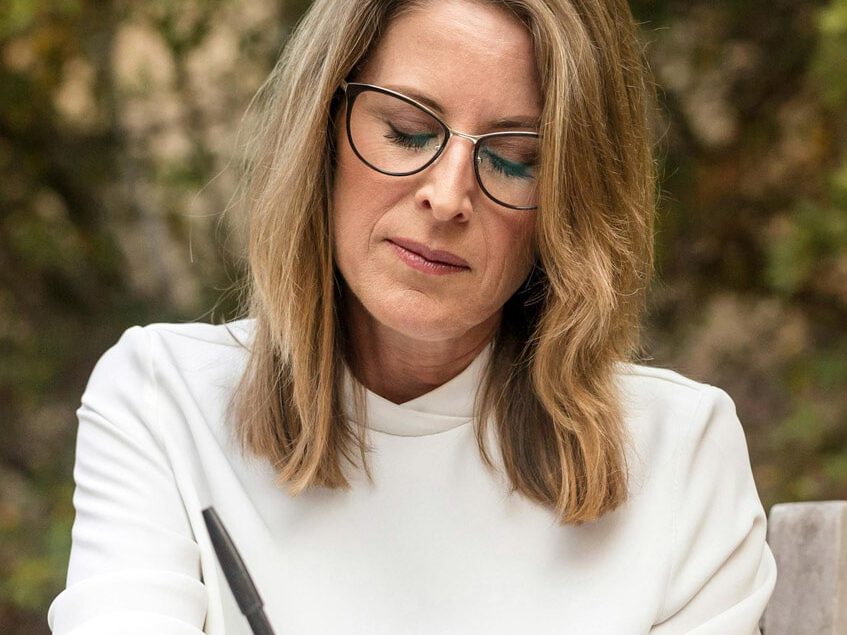PVC Sheet Marker Board
This project is just a repurpose for the PVC Sheet Kneading Board used for making pastry which I previously made.
See the link “PVC Sheet Kneading Board” for more details.
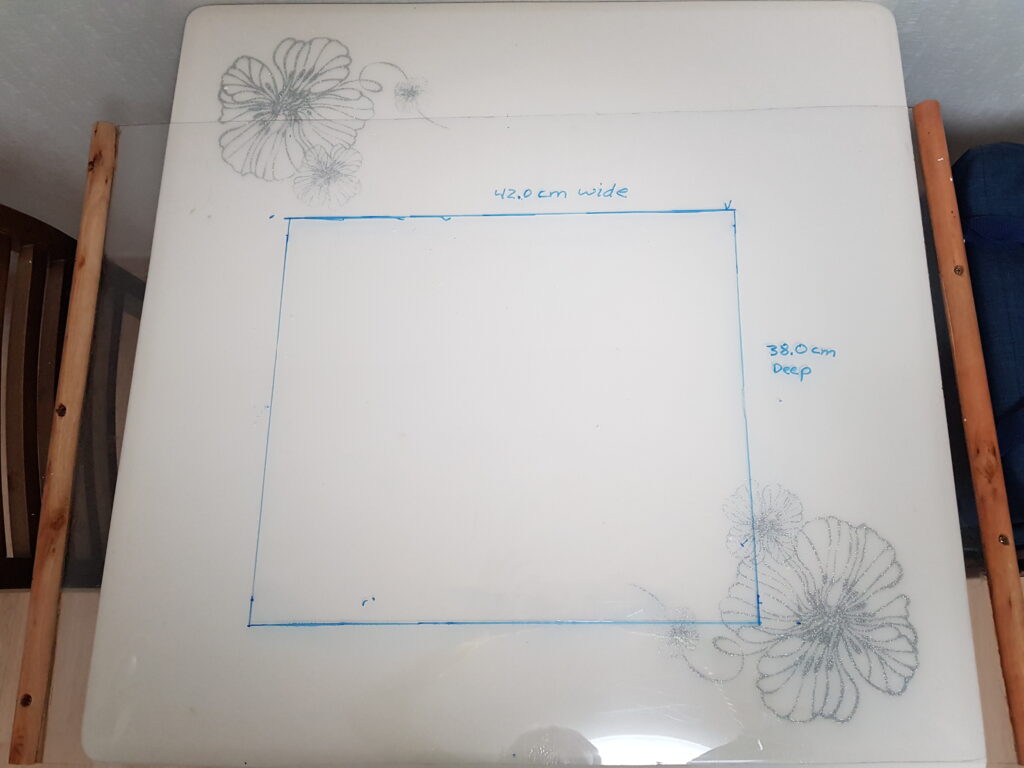
Having a marker-board is useful for boys during the planning stage of making projects. If the boys want to store tools or other objects in a storage case or carry case, then they have to use a lot of planning to come up with the right dimensions before they begin their build. It would require a big stack of large paper to do all of the sketches and planning involved for developing one project. A marker-board is useful for this purpose because it can be used repeatedly and wiped off hundreds of times and is large enough for use with “actual-sized” objects (like tools) during the project planning stage.
It is therefore helpful if the boys layout the actual objects they want to create a carry case for. Under this situation, they can use an PVC sheet (like used for this “PVC sheet kneading board”) as a “marker-board” so they can develop the dimensions they need to make a case that fits everything they need to store in it.
“Dual-Use” Repurposed Items
The boys can see how things can be used as “dual-purpose” items when they use something like a former “PVC Sheet Kneading Board” which is repurposed as a “Marker-Board.” This dual-purpose-use “concept” may seem trivial to adults but it is nevertheless a “reasoning skill” that must to be taught to young boys.
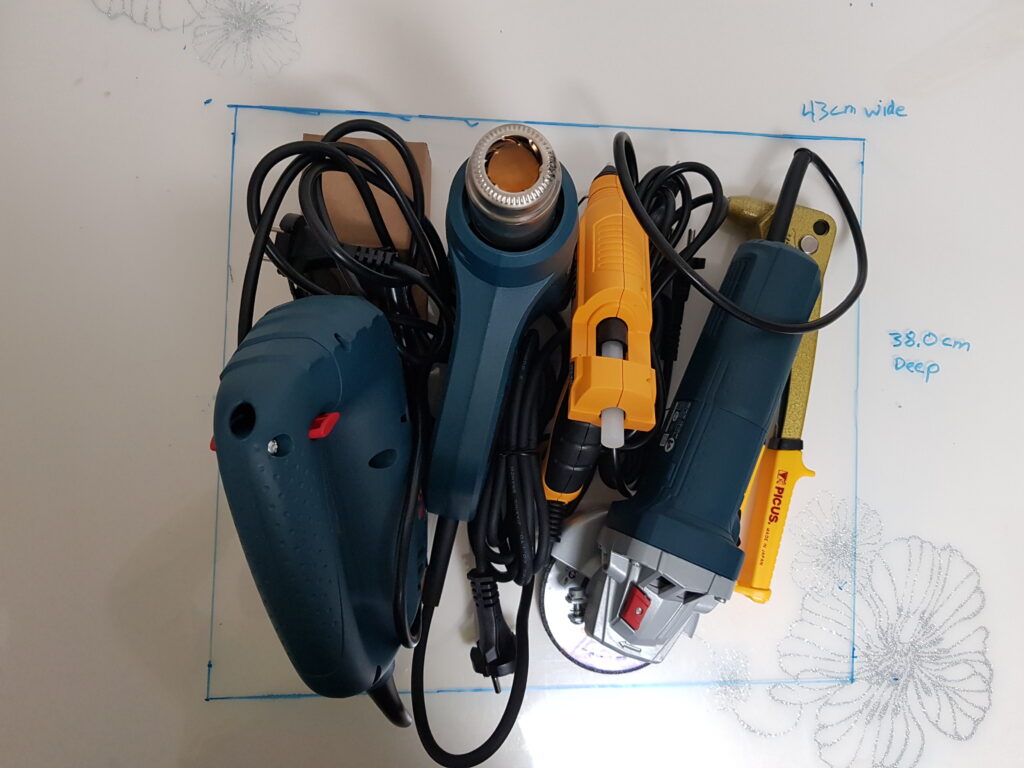
The above tools did not come with a carry case (but shipped in light cardboard boxes only). So, one useful “boy-project” is to have them create an PVC sheet toolbox that would hold all of these tools. But at the same time, the toolbox must also fit within the storage space they have available within a specific shelf-size.
But laying out the actual tools on a large “marker-board” the boys can calculate just how big their tool-case must be to fit everything inside.
Therefore, it is beneficial to boys to layout the actual tools which their custom toolbox is designed to hold and then see if these dimensions would also fit within the available shelf space that will be used to house the finished toolbox. Having the actual size match the actual assortment of tools is important in developing the plans. It is a lot easier to erase a line and redraw than it is to discard expensive materials that are cut to the wrong size! Some simple sketches and simple planning can help a boy learn how to create something (like a custom toolbox) that has sidewalls high enough to hold the specific tools and the width and depth which also fits into a prescribed storage area.
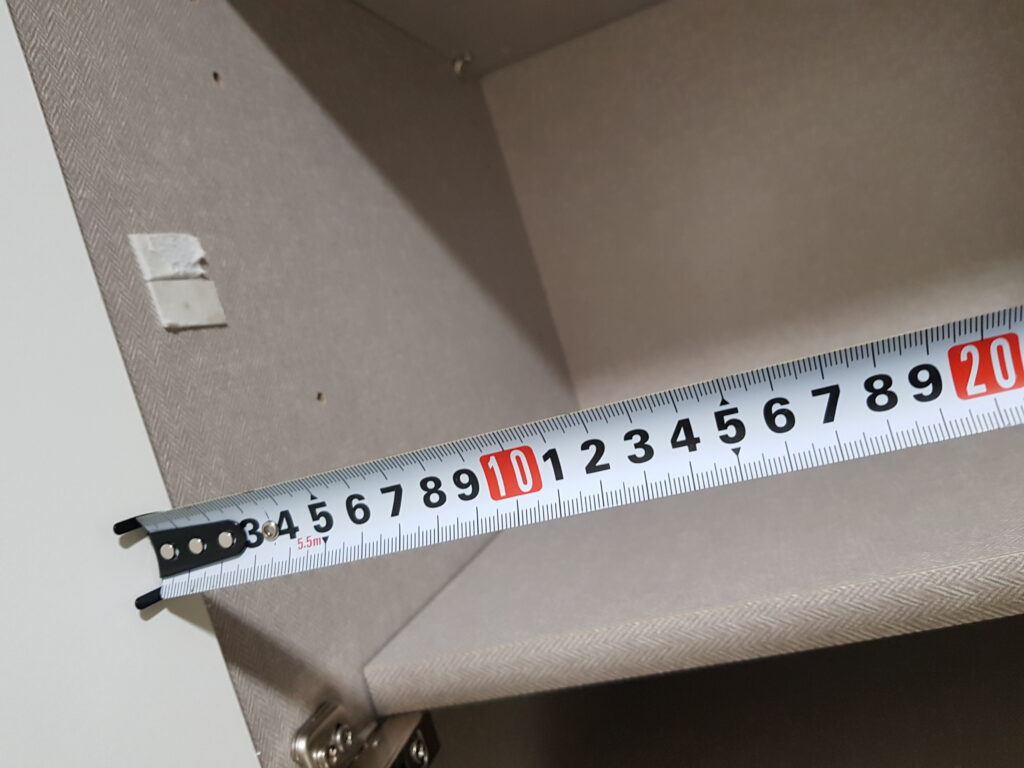
The boys may discover a problem after they have laid out the size of the toolbox to fit the width of the shelf. The type of door hinge seen above actually causes the cabinet door to protrude into the space of the shelf-width. If the boys do not consider this, they might make the toolbox “too wide” and discover it will strike the edge of the door and restrict them from placing the box on the shelf.
Hands-On Training
Again, this is an example of something that cannot be easily taught from a book in a classroom because only when boys experience these types of problems in “real-life” can they learn how to correct their project plans. Their corrections must be done before they cut the materials or they might make a costly mistake and will have to start over again with new materials. Boys must be taught how to think ahead and plan for all of these types of problems when designing a new project. This constant practice of learning to “consider-all-things” will develop the masculine logic of boys by experience. Soon they will gain the good habit of always “thinking-ahead” whenever they plan a project in order to consider all of the details involved before they proceed with building.
In the toolbox project, just having an extra centimeter of clearance would be enough for the toolbox to fit easily onto the proposed shelf (without it making contact with the protruding edge of the open cabinet door). A small detail like this can mess up any project if the boys are not trained how to consider everything related to the project before they begin cutting expensive materials. It is better to learn this by practice (while making simple “boy-projects”) than to mess up a really big project in the future as adults. They can actually ruin “hugely-expensive” projects as an adult (only because they were never trained about how to do “advanced-project-planning” and they lacked the necessary masculine skills of thinking ahead).
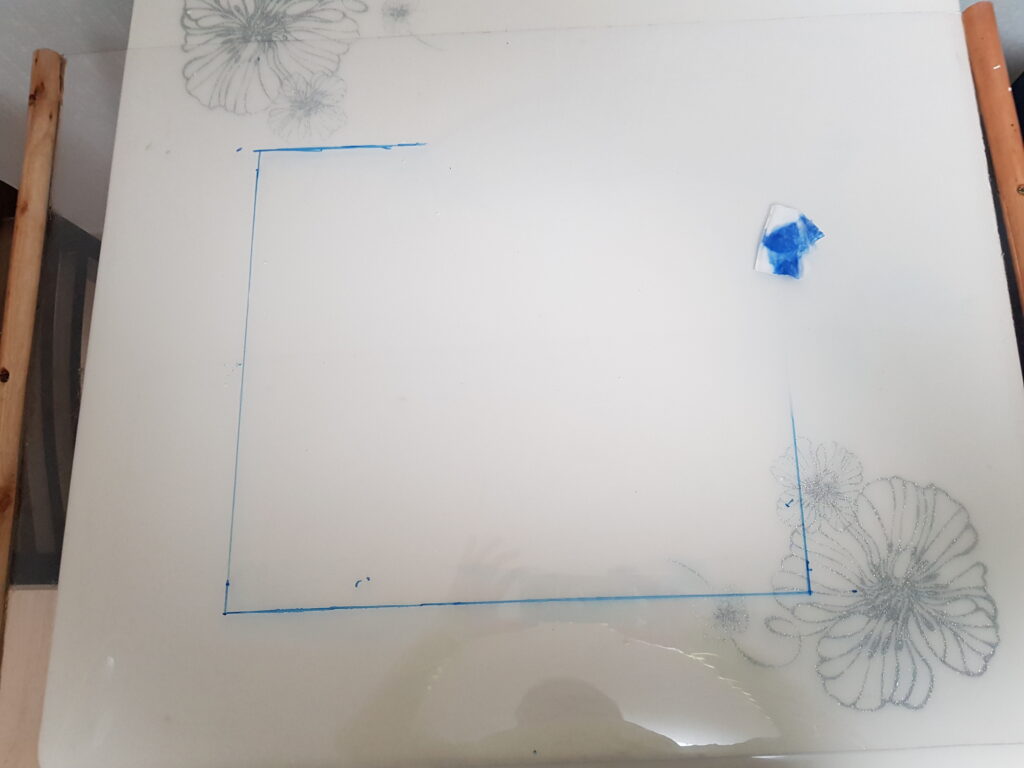
A cotton patch with some alcohol is enough to remove lines and change dimensions as the project planning stage progresses. Again, wiping off a line with an alcohol-pad is a lot easier than building the wrong-sized toolbox that does not fit on the proposed shelf and cannot do what it was designed to do. Simply wiping off a line and creating an extra centimeter clearance was enough to solve the problem.
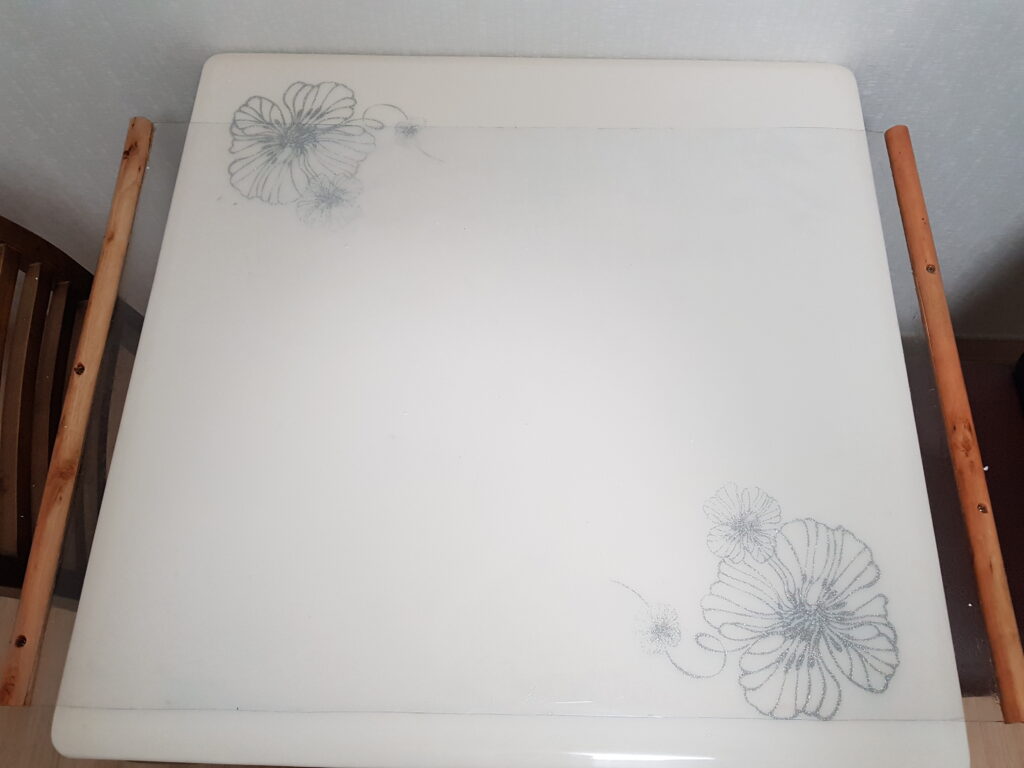
After the project planning stage is completed, then the “Acrylic Marker Board” can be cleaned up only with an alcohol-pad then it can be repurposed again as a “PVC Sheet Kneading Board” or for any number of purposes.
Individual Tool-Cases
After boys work on doing a large tool-case for storing everything in one box, they may discover that it is more beneficial if they instead create individual cases for each object they want to store. This is all part of the planning stage where the boys may work on designing one-large case (only to find it is much better to change plans and design individual cases for storing each item separately). This planning stage is never a waste of time but instead it can save a lot of money so they do not waste expensive materials (only to find having individual cases are preferable to making one-big case for everything).
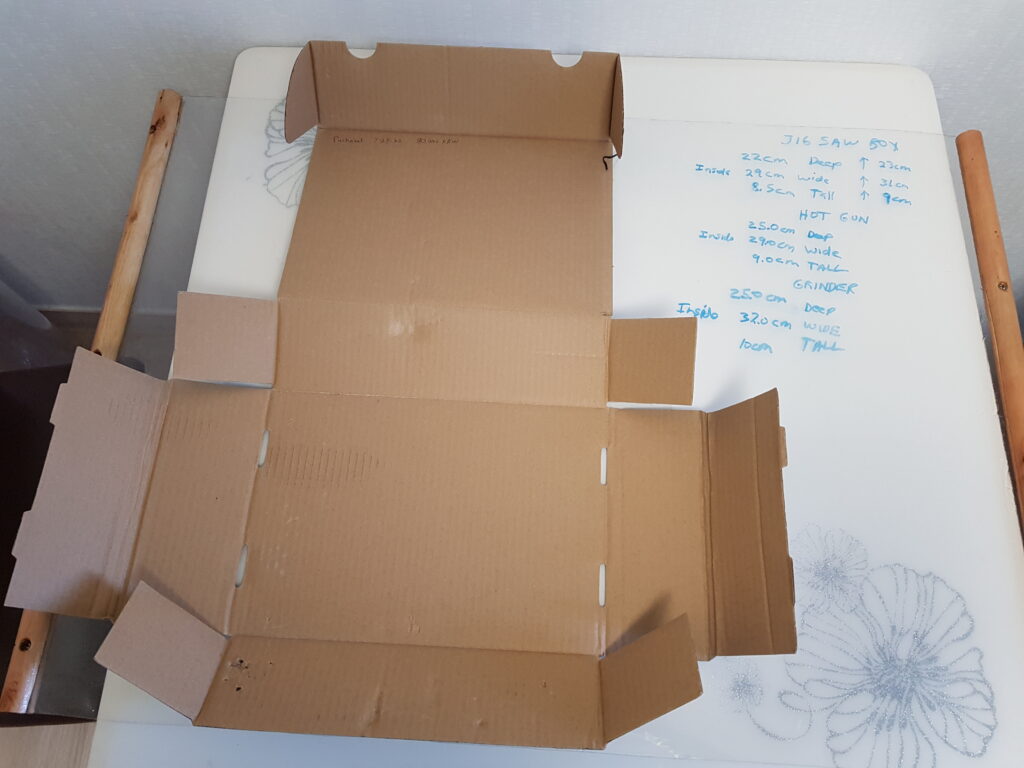
Creating individual tool-cases, allows the selection of only the tools needed at the time rather than carrying everything in one big heavy box. It is easier store a number of small cases stacked together on one shelf rather than using one large case for everything. Once the boys discover a better way (during their planning stage) then they can change plans (without wasting materials and redesign with a new goal. Switching from one-large tool case to having separate tool cases for each tool is an example of why planning is so critical. The boys can then change course without having to waste materials in making something that is not best suited for their purposes.
Cardboard Box Pattern
Opening and laying out a cardboard packing box is one method of creating a new tool-case pattern that can be folded back together in similar manner, when making a new case. This same pattern can also be cut out of the (more-durable) acrylic sheet material instead of cardboard.
The original cardboard box however may have been “cut “too small” because the manufacturer may ship the tools out in a “dissembled state” without installing blades or disks or attached accessories. In calculating the dimensions of their storage cases, they have to consider a case-size that will accommodate the tools with blades and disks and accessories attached. Once they have the right size, they could easily create cases which would house each of the things they want to store and carry.
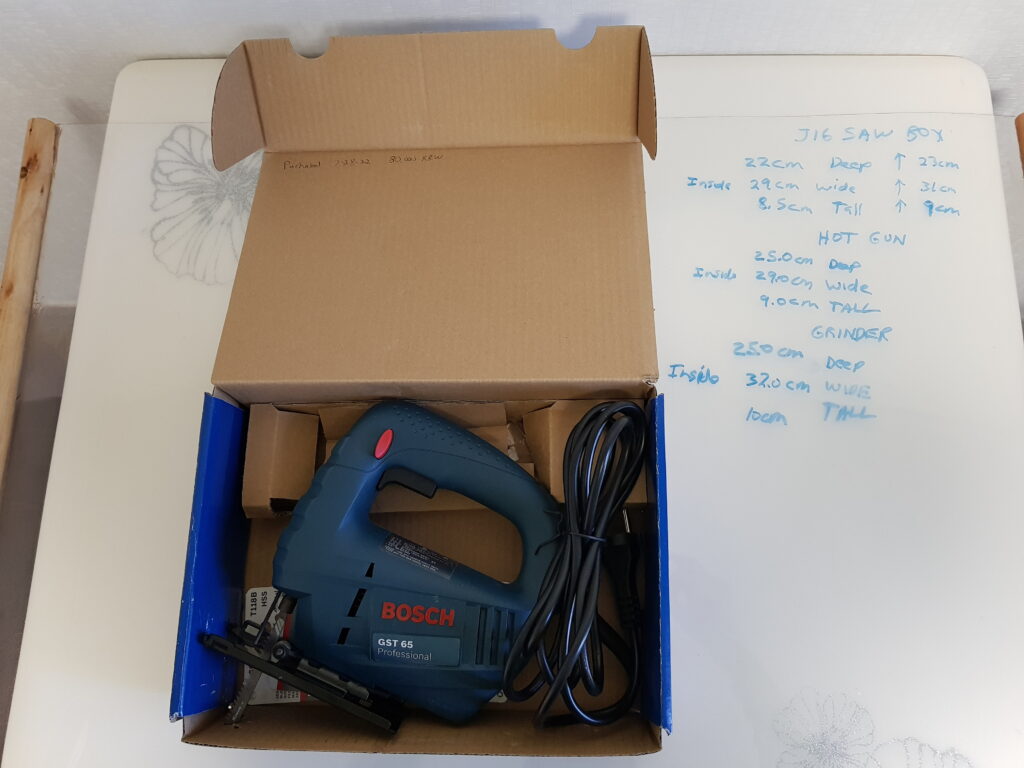
The jig-saw barely fits in the box (with the blade installed) so the inside dimensions need to be increased so the machine can be stored in a “ready to use” condition with the blade installed.
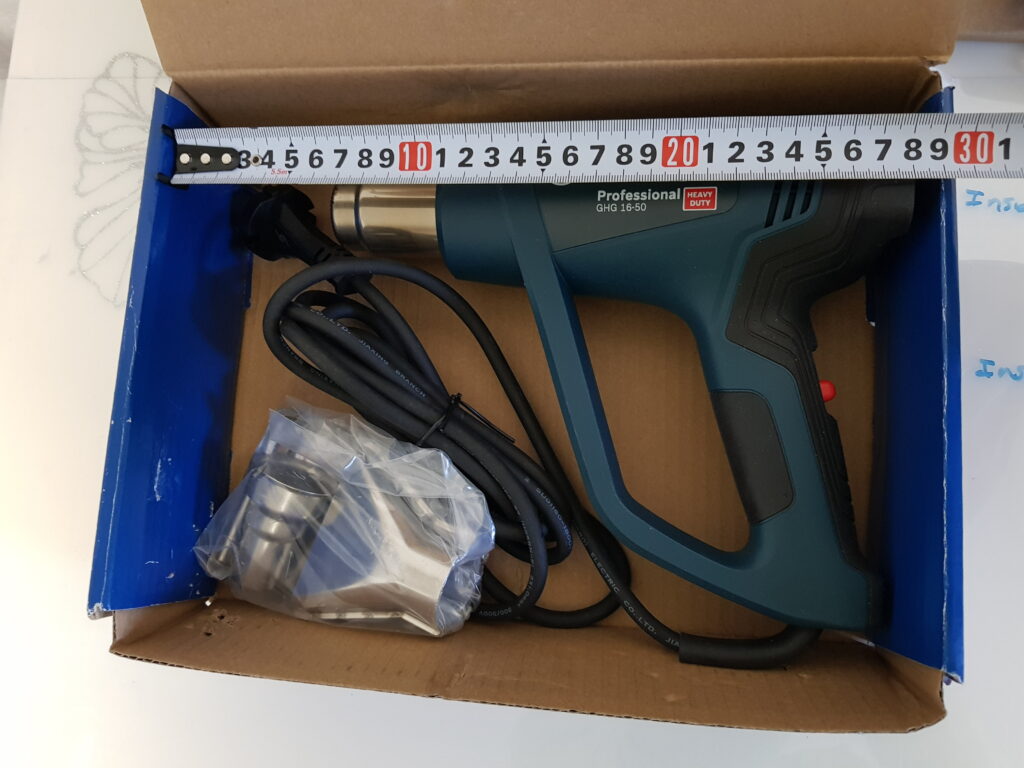
The heat-gun needs a bit more room in the depth of the box to fit inside without bending the cord (protruding from the heat-gun) in “hard” manner in order to squeeze it in.

The grinder needs more space for length and more space for the power cord protruding out the back.
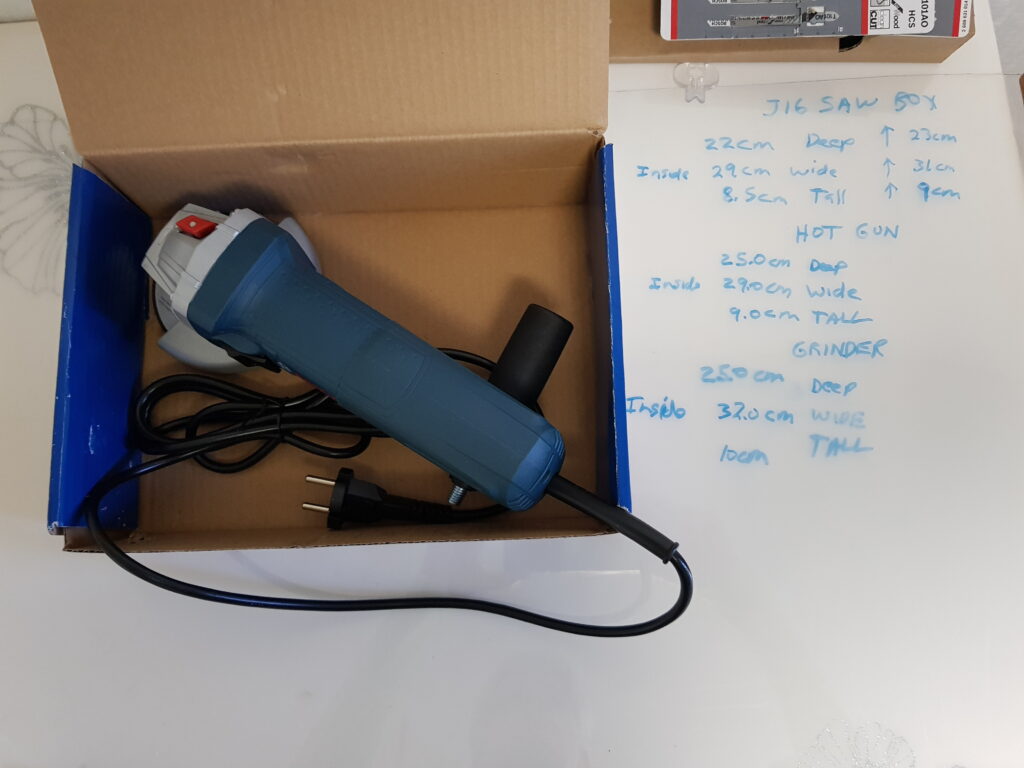
This PVC sheet marker-board can be used in the development process as boys develop a tool-case that would have the dimensions needed to fit all of the tools or other objects they want to store.

The boys must consider all of the factors related to designing their own projects. The final storage case size must fit within their available self storage space and also must fit the objects they want to store (together with all of the related accessories) like blades and cutting disks etc.

Above is an image of the shelf intended for storing the tool cases. A rough estimate of the size shows that if the cases are 10 cm thick, then four of them could fit within a shelf width of 44.4 cm. The height of the cases are 25cm so that would fit within the available 30cm shelf space. The depth is 32cm so that would fit into the available shelf-depth of 38cm. Again, the boys have to consider the actual size of the objects they want to store in the case and also consider the storage-space that they have available for storing their newly created tool-cases.
It is this planning stage that is the most crucial in developing the masculine logic of boys. Boys who do not have such training in making plans and sketches can end up wasting a lot of money in materials when they cut materials only to discard them later when they do not fit or do not work for their intended purpose. Advance planning is the most important part of creating and building any type of object (including a storage case or tool-case or carry case) for essential items.
Marker-Board used as Sketch and Planning Board
The original “PVC Sheet Kneading Board” is now also being used as a “maker-board” which is helpful for developing dimensional plans with objects of “actual-size” so the boys can easily adjust their calculations as they go along. Through this planning stage, boys will eventually come up with the size of case that suits the objects they want to store as well as a size of case that will fit within their available storage space found within their storage cabinets. This knowledge of “planning” is useful for boys to help them create useful things like storage containers or carry cases etc. Ability to create custom-sized cases will help boys organize their future workplace or shops as adults. This skill is also useful in helping them organize storage for their parents (by doing practice projects at home) which help their family in many ways.
